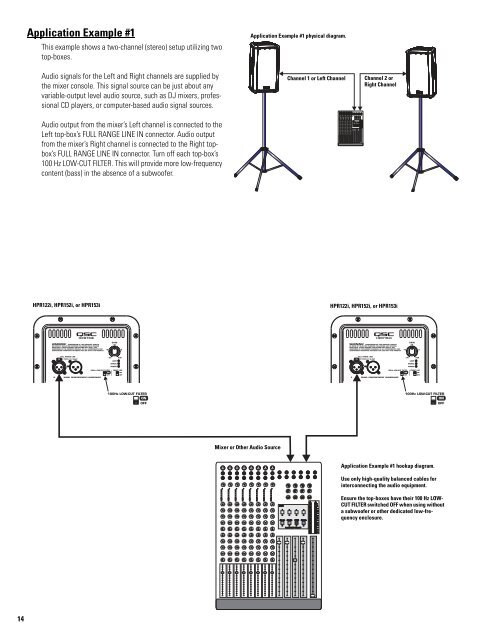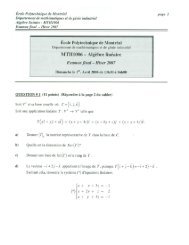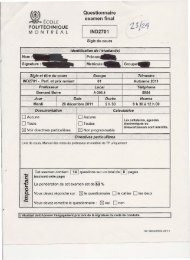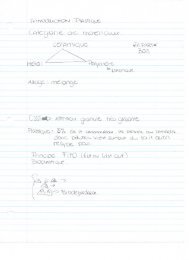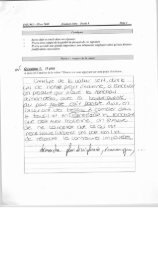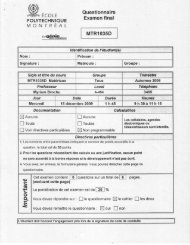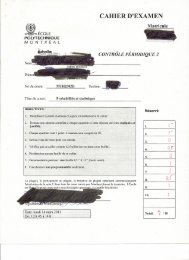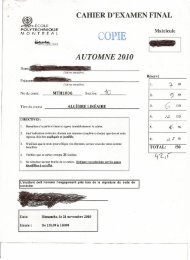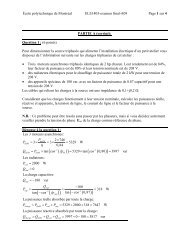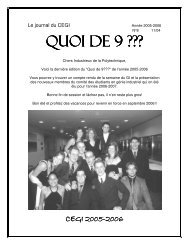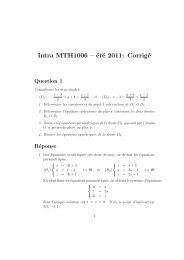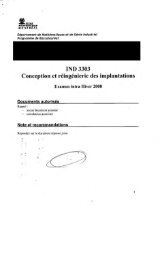HPR122i, HPR152i, HPR153i, HPR151i, HPR181i - STEP
HPR122i, HPR152i, HPR153i, HPR151i, HPR181i - STEP
HPR122i, HPR152i, HPR153i, HPR151i, HPR181i - STEP
Create successful ePaper yourself
Turn your PDF publications into a flip-book with our unique Google optimized e-Paper software.
14<br />
Application Example #1<br />
This example shows a two-channel (stereo) setup utilizing two<br />
top-boxes.<br />
Audio signals for the Left and Right channels are supplied by<br />
the mixer console. This signal source can be just about any<br />
variable-output level audio source, such as DJ mixers, professional<br />
CD players, or computer-based audio signal sources.<br />
Audio output from the mixer’s Left channel is connected to the<br />
Left top-box’s FULL RANGE LINE IN connector. Audio output<br />
from the mixer’s Right channel is connected to the Right topbox’s<br />
FULL RANGE LINE IN connector. Turn off each top-box’s<br />
100 Hz LOW-CUT FILTER. This will provide more low-frequency<br />
content (bass) in the absence of a subwoofer.<br />
<strong>HPR122i</strong>, <strong>HPR152i</strong>, or <strong>HPR153i</strong><br />
Mixer or Other Audio Source<br />
Application Example #1 physical diagram.<br />
Channel 1 or Left Channel Channel 2 or<br />
Right Channel<br />
<strong>HPR122i</strong>, <strong>HPR152i</strong>, or <strong>HPR153i</strong><br />
Application Example #1 hookup diagram.<br />
Use only high-quality balanced cables for<br />
interconnecting the audio equipment.<br />
Ensure the top-boxes have their 100 Hz LOW-<br />
CUT FILTER switched OFF when using without<br />
a subwoofer or other dedicated low-frequency<br />
enclosure.


